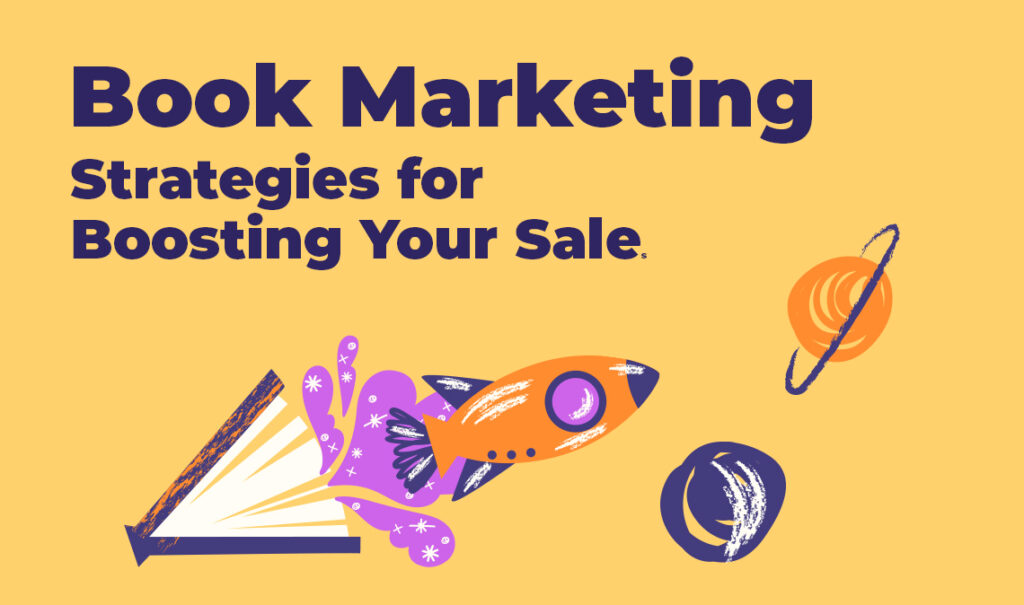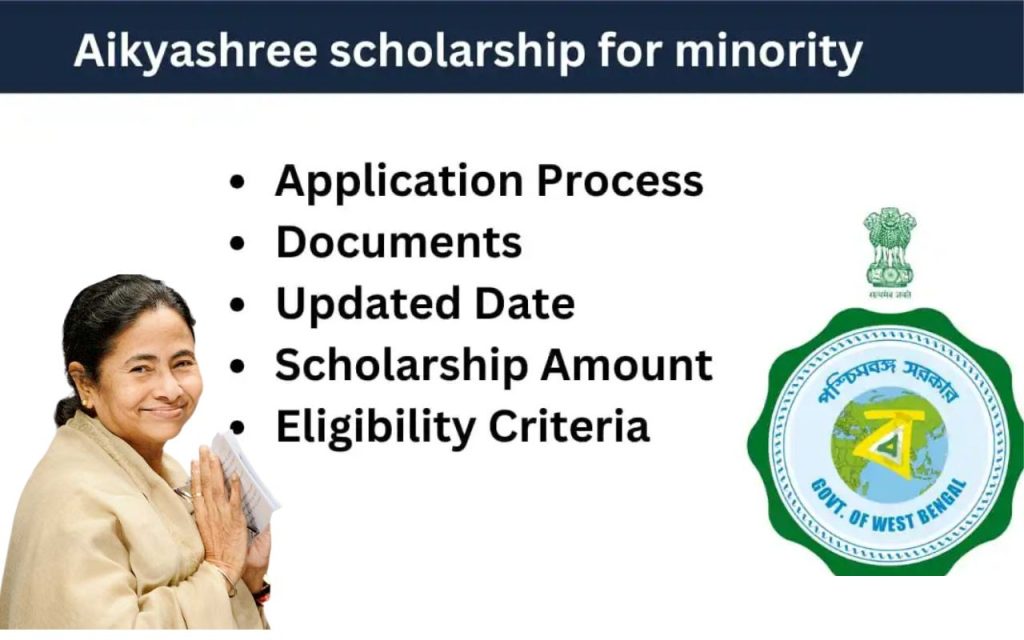In today’s crowded book market, a compelling book description is one of the most powerful tools you can use to grab readers’ attention and drive sales. Think of it as your book’s elevator pitch—it has to be catchy, informative, and persuasive, all within a few short paragraphs.
Whether you’re a first-time author or an experienced writer looking to boost your sales, crafting the perfect book blurb is essential. In this article, we’ll dive into 10 book marketing tips to help you write descriptions that not only hook your audience but also convert casual browsers into loyal readers.
1. Start with a Hook
Your opening sentence needs to pack a punch. This is your chance to pull the reader in and create intrigue. Ask a question, present a shocking fact, or introduce a compelling scenario. The goal is to make the reader want to know more.
Example:
“What if your worst enemy was your only hope for survival?”
An intriguing line like this sets the tone and piques curiosity, prompting potential readers to keep reading.
2. Know Your Target Audience
Before you even start writing your book description, you need to understand who your ideal reader is. Are they fans of suspense thrillers, historical fiction, or self-help? Use tone, language, and themes that resonate with your target audience. A romance novel blurb should feel different from a business book description.
When you tailor your message, it not only catches the right reader’s attention but also increases the likelihood of them purchasing your book.
3. Highlight the Conflict or Value
In fiction, conflict drives the story. In nonfiction, it’s all about the value you offer. What problem does your book solve? What’s at stake? Be sure to include this central tension in your description.
For fiction:
“With time running out, Emily must solve the murder before becoming the next victim.”
For nonfiction:
“Learn how to turn your side hustle into a six-figure business without quitting your day job.”
4. Keep It Concise
Avoid long paragraphs and wordy sentences. Aim for 150–250 words, broken into two or three short paragraphs. Use crisp, impactful language that paints a picture without overwhelming the reader.
Many readers skim, especially online, so make sure the key selling points of your book stand out quickly.
5. Use Emotion to Connect
Emotional language creates connection and urgency. Whether it’s fear, hope, love, or humor—tapping into a reader’s feelings can be the difference between a scroll-past and a sale.
Think about how your book will make the reader feel and include words that evoke that emotional experience.
Example:
“A heart-wrenching journey of love, loss, and redemption.”
6. Mention Genre and Themes
Be clear about your book’s genre and central themes so that readers know what to expect. If you’re too vague or misleading, it can lead to disappointed reviews—even if the writing is good.
Include genre keywords naturally in your blurb (e.g., “a gripping psychological thriller” or “an uplifting personal finance guide”) to help with both reader clarity and search visibility.
7. Include a Brief Author Highlight (Optional)
This is especially helpful for debut authors trying to build credibility. If you have awards, publishing credits, or a relevant background, mention it briefly.
Example:
“Written by a former criminal lawyer, this legal thriller delivers insider authenticity with every twist.”
Even famous authors today often include highlights like bestseller rankings or notable accolades to reinforce their authority.
8. Use Powerful Keywords (But Don’t Overdo It)
While your book description isn’t just about SEO, using strong keywords that resonate with your genre can help visibility on platforms like Amazon. Think like a reader—what would they type to find a book like yours?
Avoid stuffing keywords awkwardly into the text. Instead, weave them naturally into your sentences to maintain readability and flow.
9. End with a Call-to-Action (CTA)
A strong conclusion should encourage readers to take the next step—buying your book, downloading a sample, or adding it to their wishlist.
Examples:
-
“Perfect for fans of Gillian Flynn and Tana French—get your copy now.”
-
“If you’re ready to break free from burnout, this book is your roadmap to renewal.”
Don’t underestimate the power of a well-placed CTA. A nudge at the end of your description can significantly boost conversions.
10. Test and Refine Your Description
Just like a book cover or title, your description may need some tweaking. If you’re not getting the results you want, try testing different versions. A/B testing (using different blurbs in different places or at different times) can help you see what works best.
You can also ask for feedback from beta readers, writing groups, or professionals offering affordable book marketing services. Sometimes an outside perspective can reveal opportunities to make your description more compelling.
Bonus Tip: Read Descriptions from Bestsellers
Spend some time analyzing the blurbs of bestselling books in your genre. What structure do they use? How do they create tension or interest? What tone and keywords stand out?
There’s no shame in drawing inspiration from success. After all, the blurbs of famous authors today are carefully crafted to sell, often written or refined by marketing professionals. Learning from them can elevate your own copy.
Final Thoughts
A great book description doesn’t just summarize your story—it sells it. It’s one of the first things a potential reader sees, and it often determines whether they’ll invest time (and money) into your work.
By focusing on clarity, emotion, and persuasive language, and by understanding your reader’s mindset, you can craft blurbs that do more than describe—they convert.
Remember, even if you’ve written the next great novel or life-changing guide, it won’t matter if no one picks it up. So take the time to polish your description—it could be the most important few paragraphs you ever write.
If you’re unsure where to start or want professional help, there are plenty of affordable book marketing services that specialize in optimizing book descriptions and boosting visibility across online platforms.
Happy writing—and happy selling!



